Linked Heritage project presents results
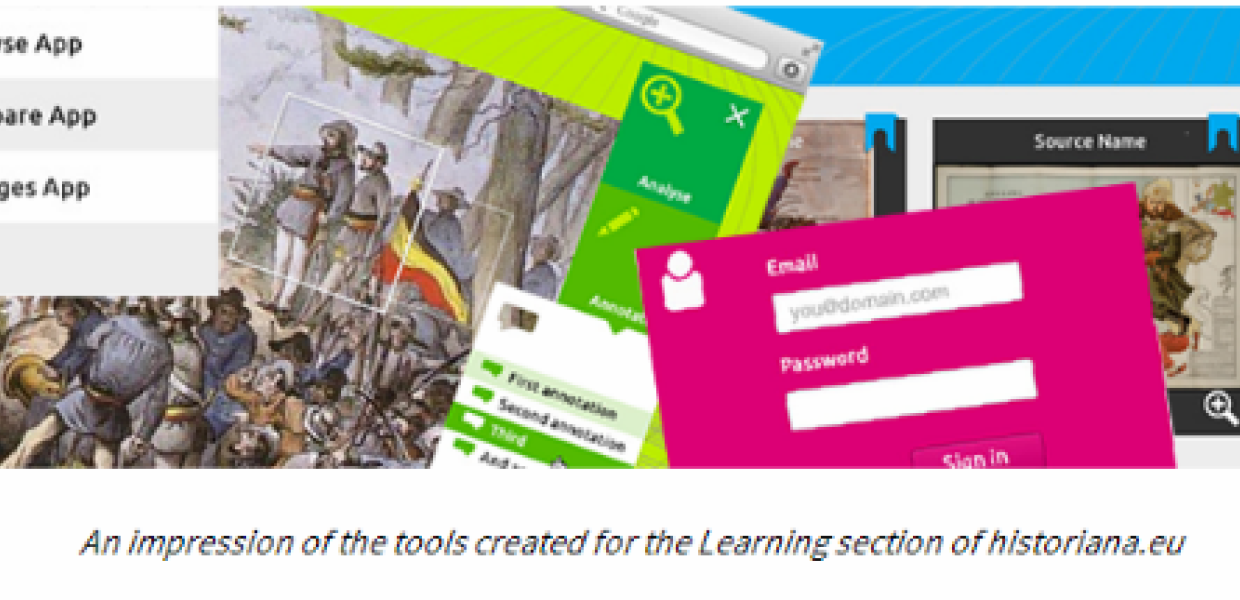
The Linked Heritage project draws to a close at the end of September 2013. Linked Heritage – with the strapline, ‘Share culture, link content’ - was a content-focused project, which aimed to bring large quantities of content into Europeana, to enhance metadata quality and to improve the search, retrieval and re-use of Europeana content. So, has it achieved its aims? What has it brought to the world of digital cultural heritage?
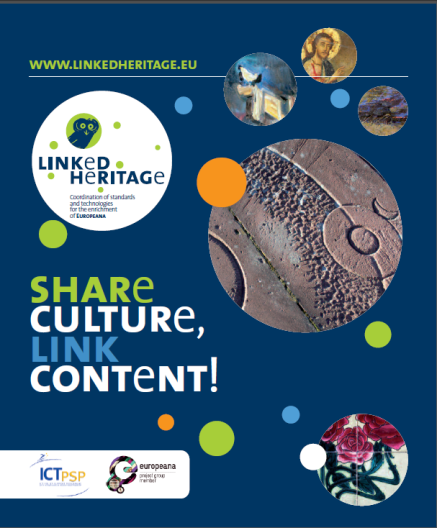
Download the Linked Heritage end-of-project brochure in English or French
30 months on, its results are impressive. 38 partners from 26 countries, together with 10 more external contributors recruited during the project including Lithuania, Russia, Croatia and Ukraine, coordinated the aggregation of over 2.7 million items to Europeana, making it one of Europeana's biggest aggregators. The Linked Heritage aggregation includes data from archives, museums, libraries, research centres and universities, and covers 3D models, manuscripts, ancient prints, medieval antiquities, archaeological artefacts, monuments, Greek and Latin inscriptions, fossils, ancient and modern paintings, ethnographic collections and more.

Example of Linked Heritage data now available in Europeana. Michel Tordeux, Vélocipède, 1868-1870, copyright KMKG-MRAH. From project partner Royal Museums of Art and History, Brussels, KMKG, Belgium.
To achieve this, the project implemented a smooth workflow for mapping and aggregation activities, as well as training for content providers in the aggregation process. The Linked Heritage aggregation platform was made available online for training and validation.
In terms of metadata quality, the project gave advice about the use of persistent identifiers and their use in linked data. It addressed the issue of non-standard descriptive terminologies, enhancing the quality of Europeana content in terms of metadata richness, re-use potential, and uniqueness. The project also explored the management of metadata in the private sector and outlined the benefits of private sector interoperability with Europeana.
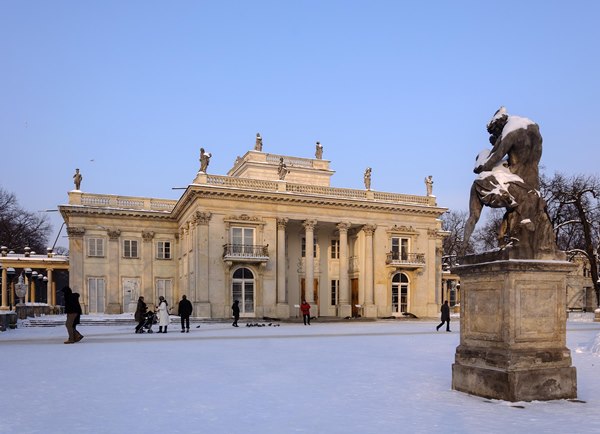
Example of Linked Heritage data now available in Europeana. Łazienki Królewskie (Royal Baths) in Warsaw, Palace on the Water, one of the most outstanding Neoclassical palaces in Poland, built in 1770 and commissioned by King Stanisław August Poniatowski. From project partner ICIMSS, Poland.
Marie-Claire Dangerfield, from Europeana's Aggregation team, worked closely with Linked Heritage and says, 'The Linked Heritage technical team maintained strong communication links with the Europeana throughout the project, particularly relating to the submission and ingestion of datasets. With their help we were able to communicate with their providers in a timely manner. The project’s focus on metadata also contributed to the way in which the Aggregation team will deal with metadata and metadata quality in the future.'
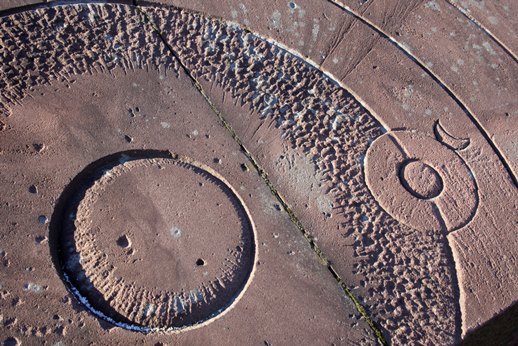
Example of Linked Heritage data now available in Europeana. Monument to Nicolaus Copernicus in Toruń univeristy campus, erected in 1973. Photo by Piotr Kożurno. Copyright by ICIMSS, Poland.
Linked Heritage published several reports that explored the state of linked data, its applications and potential:
- A best practice report on cultural heritage linked data and metadata standards
- A state of the art report on persistent identifier standards and management tools
- A specification of the technologies for large-scale implementation of cultural heritage linked data
- A linked data demonstrator
The project’s work with metadata was continued with an exploration into the management of metadata in the private sector and the benefits to Europeana of interoperability with the private sector. Key documents for this work are:
- A vest practice report – Public-Private Partnerships
- A specification of the technologies chosen
- A specification of legal/licensing environment
Another working group addressed the large gap between the actual state of terminology management in cultural institutions, and the skills and means necessary to deliver these vocabularies in a standardised format.
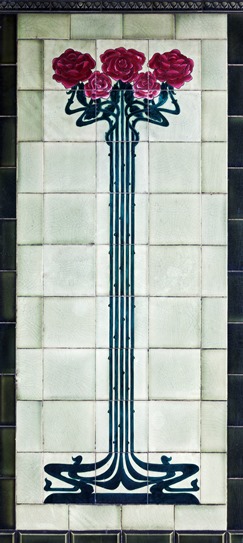
Example of Linked Heritage data now available in Europeana. Art nouveau tiles from Bydgoszcz, Poland. Photo by Piotr Kożurno. Copyright ICIMSS, Poland.
So what happens now?
The project website and the showcase on Digital Meets Culture will be maintained. meaning that the main results (deliverables, publications, training material, learning objects etc.) remain available for interested users after the end of the project.
The majority of the content providers will continue to send their data to Europeana through the new best practice network Athena+, which started in March this year. Athena+ will carry on the work on terminologies too, with the aim of realising a stable version of the Terminology Management Platform developed in Linked Heritage.
For more information, go to the Linked Heritage website and visit the Digital Meets Culture showcase.
Download the Linked Heritage end-of-project brochure in English or French.
